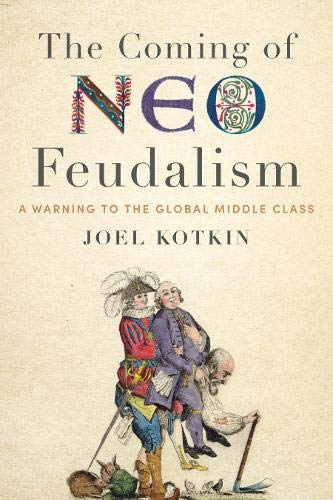On a hot July day in 1923 northern Montana served as the unlikely backdrop for a boxing extravaganza on the international stage. There on the plains right outside the City of Shelby, Jack Dempsey defended his World Heavyweight Boxing Championship against the hard-hitting Tommy Gibbons – the only world championship fight that Jack Dempsey ever fought that went the full fifteen rounds. read more »
Policy
Fighting Spirit Lives On In Northern Montana
The European Model Gets A Makeover
Does the United States finally have its first European President in Barack Obama? Does he truly want to Europeanise the American health system and impose European-style socialism on the US? RealClearPolitics.com assures us that ‘his policies on government spending, taxation, health care and carbon emissions would all tend to bring America in line with European norms.’
It is a powerful message – or it would be were the US not already in line with European norms in nearly every way that matters. In terms of social welfare expenditure, working hours, socialized health and even military spending, the US slips snugly in place among its European counterparts. read more »
Growing Today's Green Jobs Requires Solid Economic Development Policy
I was hired for my first Green Job, thirty-four years ago, shoveling horse stalls for a barn full of Tennessee Walking Horses. The droppings and bedding that was removed from the stables was then composted and applied to my employer’s crops in lieu of chemical fertilizers. You don’t get much greener than that! read more »
The Infrastructure Canard
One of the principal arguments used against suburbanization is that its infrastructure is too expensive to provide. As a result, planners around the high income world have sought to draw boundaries around growing urban areas, claiming that this approach is less costly and that it allows current infrastructure to be more efficiently used.
Like so many of the arguments (a more appropriate term would be “excuse”) used to frustrate the clear preferences about where people want to live and work, the infrastructure canard holds little water upon examination. read more »
So Much for Evidence-Based Planning
Has evidence-based planning fallen from grace in favour of catchy slogans and untested assumptions? In the case of urban planning, arguably that is just what’s happened. The evidence, in Australia at least, is worrying.
“We must get people out of cars and onto public transport.” “We must stop urban sprawl and the consumption of valuable land.” “We must build higher density communities to achieve sustainable environmental outcomes.” Phrases like this are now de rigueur across many discussions about urban planning in the media, in politics and in regulatory circles in Australia. They are rarely challenged on the basis of what the actual social, economic or scientific evidence is really saying. read more »
Bangor or Bust: Navigating To Thanksgiving At Grandma's
Everything that is the matter with America’s transportation and energy policies can be understood by attempting to travel with a family from New York City to Bangor, Maine.
I use Bangor for my example — although places like Louisville, Columbus, Lynchburg, and Wheeling would work just as well because — for better and for worse — I, (a New Yorker) married into a Maine family in the early 1980s. For the last twenty-five years I have devoted countless waking hours to plotting connections to family reunions, as I have once again done for this Thanksgiving. read more »
Housing Bubbles: Why are Americans Ignoring Reality?
Dr. Housing Bubble (based in California), in "The comprehensive state of the US housing market", asserts that of the 129 million residential units in the United States, some 15,950,000 are vacant, resulting in a huge oversupply of residential stock across the country.
Other United States commentators are making the same assertions, such as Colin Barr of Fortune magazine with "Housing market still faces a big glut". read more »
Think Globally, Regulate Locally
It was during a recent tour of a sun-baked Los Angeles schoolyard that theories on state regulations developed by the latest Nobel Prize-winning economist came into focus. The Da Vinci Design Charter School is an oasis in an asphalt desert. Opened this year by the appropriately named Matt Wunder, the school draws 9th and 10th graders from some of the most difficult and dangerous learning environments in the country, and introduces them to a demanding, creative atmosphere. read more »
California: The Housing Bubble Returns?
To read the periodic house price reports out of California, it would be easy to form the impression that house prices are continuing to decline. Most press reports highlight the fact that house prices are lower this year than they were at the same time last year. This masks the reality of robust house price increases that have been underway for nearly half a year. The state may have forfeited seven years of artificially induced house price escalation in just two years but has recovered about one-fifth of it since March. read more »
Hyper-Partisans on the Green Politics Battlefield
America is more polarized today than at any time since Reconstruction. A major quantitative analysis by social scientists Nolan McCarty, Keith Poole and Howard Rosenthal found today to be the most polarized period in 130 years.
If you want to understand how it is that the debate over — for example — global warming policies became so shrill, consider the recent pattern of behavior by the country's second-most read climate blogger, Joe Romm. read more »
- Login to post comments






















